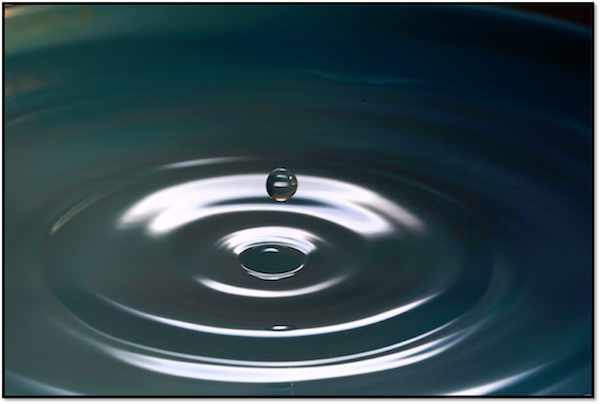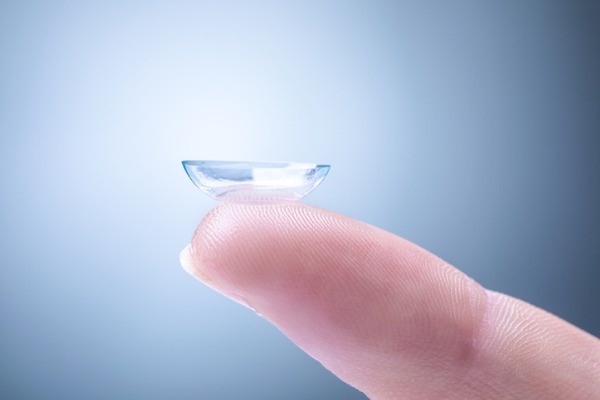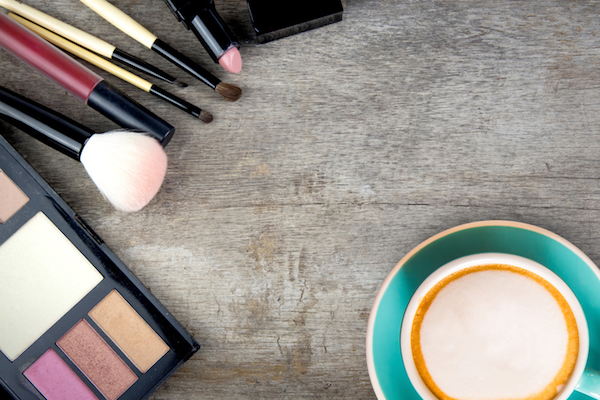
A Patients Guide to Artificial Tears – (Part Two)
If you find yourself using artificial tears more than twice a day (on a daily basis), you should check in with your eye doctor to discuss dry eye disease.
When to use Artificial Tears
Artificial tears should be used to refresh your eyes. If you spend a lot of time outdoors, your eyes may feel as if they have dust or pollen in them. This is a good time to use artificial tears to rinse and refresh. Also, if you’ve been working at a computer for longer periods of time, your eyes can become dry from lack of blinking. During or after computer use is an ideal time to replenish your tear film with artificial tears.
If you find yourself using artificial tears more than twice a day (on a daily basis), you should check in with your eye doctor to discuss dry eye disease. Patients who suffer from dry eye disease are often advised to take artificial tears multiple times a day. In fact, your doctor may suggest a patient use tears four times a day or even every single hour depending on the severity of the dry eye disease.
Artificial tears could be an important part of a dry eye treatment plan. However, they are not the only item in the plan. Dry eye disease is chronic and progressive. If you’re suffering from dry eyes you need to see an eye care provider as soon as possible.
Self-medicating with over-the-counter artificial tears isn’t the best way to treat dry eye symptoms. Symptoms of chronic dry eye disease can linger for long periods of time. Furthermore, the disease is also progressive. Without proper treatment and management, the symptoms of dry eye worsen over time.
What to avoid on the Artificial Tear Aisle?
The last category of artificial tears are the ones you want to stay away from. There two types in this category: generic drops and redness reducers. It’s in your best interest not to assume that all tears are relatively the same. Artificial tears are being improved upon at a rapid rate. There is research going on daily to improve the quality of artificial tears. If you’re a dry eye sufferer, stay away from the generic versions of any artificial tears.
I say this because a generic drop must contain the same active ingredients as the branded version. However, the amounts and types of inactive ingredients can vary. As a dry eye sufferer, you may be very sensitive to the inactive ingredients, and you may have a poor reaction to those ingredients. You may not notice the difference between a generic and a brand name drop from the start, but prolonged use of the wrong ingredients can prove to be disastrous.
Let’s go back to our pants analogy. You could have two pairs of the same long pants. They could both be jeans too. But you would find a significant difference in the fit, comfort, and longevity of the Dolce & Gabbana Jeans versus the ones you purchased at the local Walmart. Quality of your artificial tears matters, especially since we’re talking about your vision and eye health.
Artificial tears or drops that advertise getting the red out should also be avoided. They may also be termed as redness reducing. These drops contain a vasoconstrictor, which is a chemical that shrinks blood vessels, and may be labeled as a decongestant or eye whitening drops. These types of drops will temporarily constrict the blood vessels on the front surface of your eye to give it the appearance of being less red.
That said, shrinking these blood vessels leads to an even worse problem. Constricting the blood vessels limits the amount of blood that reaches the front surface of the eye. This can slow down the healing process or just make it harder for your eye to maintain its normal functions. Less blood flow to the eye will result in the eye not receiving the nutrients it needs to perform well.
Long-term use of these redness reducing drops can cause patients to suffer from rebound redness. This occurs when the eye becomes even redder as the effects of the medication wear off. Furthermore, over time your blood vessels may become resistant to the chemicals used to constrict them.
Sometimes these ingredients are hiding in many over-the-counter dry eye therapies and especially allergy drops. It’s important to always read the labels of any over the counter drop. Be especially careful if you’re choosing a drop that wasn’t specifically recommended by your eye care professional. While reading the label, watch out for these vasoconstricting chemicals lurking in the ingredient list:
Naphazoline, Tetrahydrozoline, and Oxymetazoline.
Beyond the Drop:
As I stated earlier, when your eyes are dry you are lacking the proper level of tears in your eyes. On top of that, the tears you do have are usually of poor quality. To help your body produce tears properly, provide it with the raw materials to do so. You can do this by increasing your overall hydration levels.
The new standard for ounces of water to drink on a daily basis is no longer only 64 ounces. It’s now based upon your personal weight. Here’s the math:
Your weight in pounds/2 = ounces of water to drink daily
Let’s use an example with some easy math. Start with a person who weighs 200lbs. Now divide the number of pounds in half (200/2). You will need to drink 100 ounces of water daily to stay properly hydrated. If you were only drinking the standard 64 ounces you would miss the mark by 36 ounces. That translates to needing to drink at least 4 more 8-ounce glasses of water each day.
Conclusion:
In summary, there are all sorts of eye drops and artificial tears on the market. However, you don’t need to be confused by the options. Get the Ultimate Guide to Artificial Tears and find out which tear is best for your lifestyle.
Tears can be broken down into 2 categories and 5 different types. The tear categories are preserved or non-preserved. Then, divided from there into types: lubricating, lipid-based, gels, ointments, and formulated for contact lens wear. Each of these types is used for a specific problem. It’s not uncommon for one patient to use more than one type of over-the-counter artificial tears.
It’s safe to use non-preserved artificial tears multiple times a day. However, it’s not advisable to use preserved tears more than four times a day. Furthermore, if you’re using tears more than twice a day (on a regular basis), and they have not been prescribed that way by your healthcare provider, it’s time to schedule an eye exam.
Always keep in mind that dry eye disease is chronic, which means that its symptoms can last for long periods of time. It’s also progressive, which means it gets worse over time. Without treatment your dry eye symptoms will be worse a year from now than they are today simply because of the aging process. If you suspect you suffer from dry eye disease, please see your eye care provider today.
Remember that keeping hydrated is important both to your eye health and your overall health. Staying hydrated allows your body to work at its best. Also, being mindful of your environment is important as well. Windy conditions or long hours spent on electronic devices can dry out your eyes. These are probably the right conditions to make sure you refresh your eyes with an over the counter artificial tear.
Dr. Pam Theriot is the author of Alleviate Dry Eye and the Clinical Director of the Dry Eye Center at Lusk Eye Specialists in Shreveport, LA.
If you haven’t already, Make sure to check out Part One of Dr. Theriot’s series on artificial tears.







